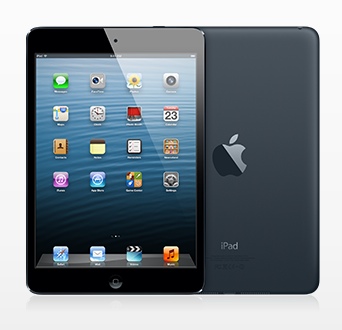Halloween is the perfect excuse to experiment with extreme low light technique. In this podcast, I take a look at ISO, glass, file format, and a few tricks (and treats) that you can stash in your goodie bag. I've also come to a decision about the iPad mini, and report on that small, but significant quest. All of this, and more, on this week's TDS podcast.
Listen to the Podcast
You can also download the podcast here (24 minutes). Or better yet, subscribe to the podcast in iTunes. You can support this podcast by purchasing the TDS iPhone App for only $2.99 from the Apple App Store.
Monthly Photo Assignment
Panorama is the Oct. 2012 Photo Assignment. You can read more about how to submit on our Member Participation page. Deadline for entry is Oct. 31, 2012. Note: We're making an exception this month for image size. Submit your panorama at the size you feel appropriate.
More Ways to Participate
Want to share photos and talk with other members in our virtual camera club? Check out our Flickr Public Group. And from those images, I choose the TDS Member Photo of the Day.
Podcast Sponsors
Red River Paper -- Keep up with the world of inkjet printing, and win free paper, by liking Red River Paper on Facebook.
Make Your Photos Sizzle with Color! -- SizzlPix is like High Definition TV for your photography. Special this month, order one SizzlPix and get the second one for 50%. Put "TDS" in the comments field of your order.
Need a New Photo Bag? Check out the Lowepro Specialty Store on The Digital Story and use discount code LP20 to saven 20% at check out.
Technorati Tags:
digital photography, podcast, technique, Technology, The Digital Story, tips


















